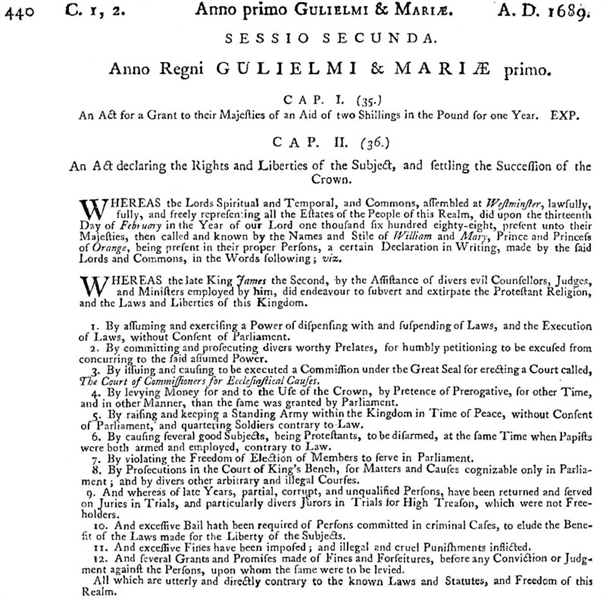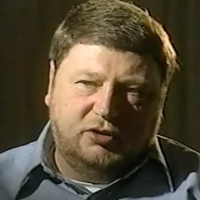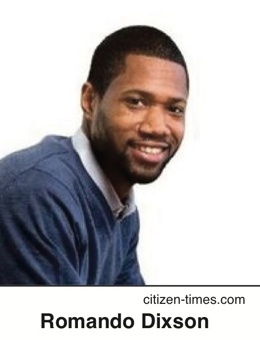Rascals case in brief
In the beginning, in 1989, more than 90 children at the Little Rascals Day Care Center in Edenton, North Carolina, accused a total of 20 adults with 429 instances of sexual abuse over a three-year period. It may have all begun with one parent’s complaint about punishment given her child.
Among the alleged perpetrators: the sheriff and mayor. But prosecutors would charge only Robin Byrum, Darlene Harris, Elizabeth “Betsy” Kelly, Robert “Bob” Kelly, Willard Scott Privott, Shelley Stone and Dawn Wilson – the Edenton 7.
Along with sodomy and beatings, allegations included a baby killed with a handgun, a child being hung upside down from a tree and being set on fire and countless other fantastic incidents involving spaceships, hot air balloons, pirate ships and trained sharks.
By the time prosecutors dropped the last charges in 1997, Little Rascals had become North Carolina’s longest and most costly criminal trial. Prosecutors kept defendants jailed in hopes at least one would turn against their supposed co-conspirators. Remarkably, none did. Another shameful record: Five defendants had to wait longer to face their accusers in court than anyone else in North Carolina history.
Between 1991 and 1997, Ofra Bikel produced three extraordinary episodes on the Little Rascals case for the PBS series “Frontline.” Although “Innocence Lost” did not deter prosecutors, it exposed their tactics and fostered nationwide skepticism and dismay.
With each passing year, the absurdity of the Little Rascals charges has become more obvious. But no admission of error has ever come from prosecutors, police, interviewers or parents. This site is devoted to the issues raised by this case.
On Facebook
Click for earlier Facebook posts archived on this site
Click to go to
Today’s random selection from the Little Rascals Day Care archives….
Click for earlier Facebook posts archived on this site
Click to go to
Today’s random selection from the Little Rascals Day Care archives….
Prosecutors misused bail to squeeze defendants
 Aug. 16, 2015
Aug. 16, 2015
“In 1689, the English Bill of Rights outlawed the widespread practice of keeping defendants in jail by setting deliberately unaffordable bail, declaring that ‘excessive bail shall not be required, nor excessive fines imposed.’ The same language was adopted word for word a century later in the Eighth Amendment to the United States Constitution.
“But as bail has evolved in America, it has become less and less a tool for keeping people out of jail, and more and more a trap door for those who cannot afford to pay it….
“Across the criminal-justice system, bail acts as a tool of compulsion, forcing people who would not otherwise plead guilty to do so….”
– From “The Bail Trap” by Nick Pinto in the New York Times (Aug. 13)
Could there be a more bare-faced example of “excessive bail” than that set for the Edenton Seven?
- Bob Kelly, $1.5 million (later reduced to $200,000 – after his conviction was overturned – then $50,000 )
- Betsy Kelly, $1.8 million (reduced to $400,000)
- Scott Privott, $1 million (reduced to $50,000)
- Shelley Stone, $375,000
- Dawn Wilson, $880,000 (reduced to $200,000)
- Robin Byrum, $500,000 (reduced to $200,000)
- Darlene Harris, $350,000
Did prosecutors fear that the defendants would flee to Argentina? That they would prowl the town’s playgrounds in search of new victims? No, these absurd amounts surely had no purpose but to coerce confessions. How shocked and disappointed they must have been that not one of the defendants, though crushed financially, succumbed.
Kelly’s jury was rife with problems not visible at beginning

pbs.org/wgbh/frontline
Dennis T. Ray
Aug. 19, 2016
The jury is empaneled in Farmville, N.C., where Bob Kelly’s trial has been moved because of pretrial publicity in Edenton.
Dennis T. Ray would turn out to be a major mischief-maker both inside and outside the jury room. Ray read aloud from a contraband Redbook article on how to identify child molesters, disobeyed the court’s instruction not to visit the alleged crime scenes, reported that a jailhouse snitch had shared personal knowledge of Kelly’s guilt and displayed a supposed “magic key” referred to by several child witnesses.
 Unfortunately, Judge Marsh McLelland told defense attorneys he didn’t consider Ray’s rogue behavior – or that of a second juror, who dramatically revealed during deliberations that he himself had been abused as a child – to be a “tremendous problem.”
Unfortunately, Judge Marsh McLelland told defense attorneys he didn’t consider Ray’s rogue behavior – or that of a second juror, who dramatically revealed during deliberations that he himself had been abused as a child – to be a “tremendous problem.”
At least three jurors would later express deep doubts about the guilty verdict.
Roswell Streeter, at 28 the youngest juror, would write:
“I’ll say this to the last day of my life, that the evidence that came through the courtroom did not prove that Bob Kelly committed any kind of sex abuse.” He told “Frontline” he had felt intimidated and confused.
Mary Nichols was suffering from advanced leukemia, and Marvin Shackelford had suffered two heart attacks. Both acknowledged afterward that worries about their health had moved them to vote guilty simply to cut short deliberations and go home. It had been nine months since the trial began.
![]()
Junior Chandler’s homefolks updated on his case
 Sept. 29, 2014
Sept. 29, 2014
“Duke law professor Theresa Newman has three boxes full of files about Andrew Chandler Jr.’s case: details about the bizarre allegations, the expert testimony that would not be admissible today and the multiple appeals….”
– From “Duke law clinic to review 1987 conviction” in the Asheville Citizen-Times (Sept. 27)
Thanks to reporter Romando Dixson for providing a thorough recap of the Chandler case, pegged to the recently expressed interest of the Duke Law School Wrongful Convictions Clinic.
Publication in the Asheville paper is especially welcome for Junior’s friends, family and other supporters in nearby Madison County, who likely haven’t seen the case mentioned in print since his conviction in 1987.
For therapist, creating memory is easy task
 June 13, 2012
June 13, 2012
“Actually, making a false memory is pretty easy.
“(Psychologist Elizabeth) Loftus describes a father convincing his daughter she’d gotten lost in a mall when she was five years old. At first, the daughter denied any memory of the event, but as the father provided more fake details – ‘Don’t you remember that I told you we would meet at the Tug Boat?’ – the daughter began to ‘remember’ and even provide details of her own. Eventually when her father said, ‘I was so scared,’ she responded, ‘Not as scared as I was!’…
“You can probably imagine the implications of false memory in the courtroom or on the therapist’s couch (which famously leads to the courtroom)….”
– From “How You Remember, How You Decide: Memory Part II”
by Garth Sundem in Psychology Today (October 6, 2010)











0 CommentsComment on Facebook